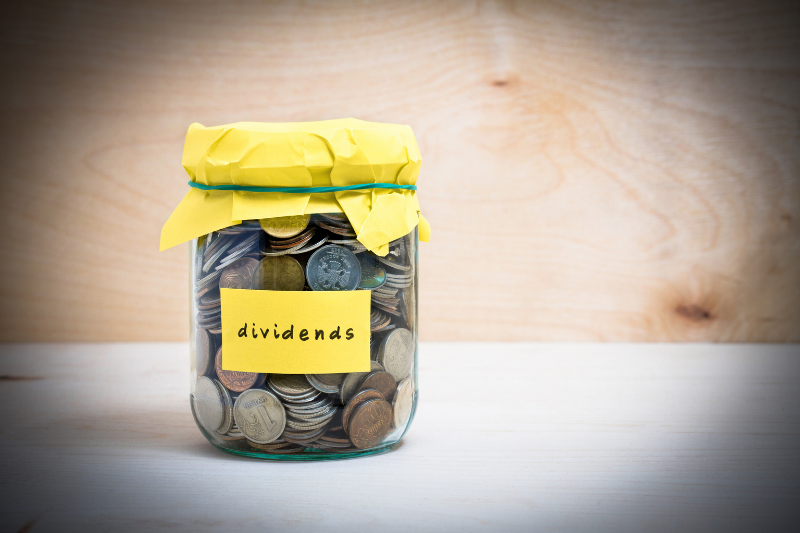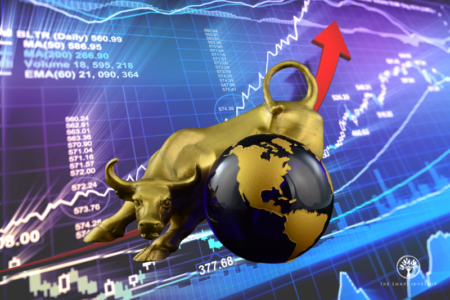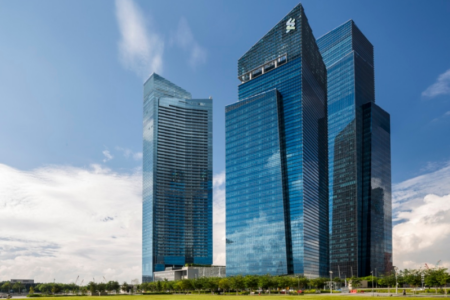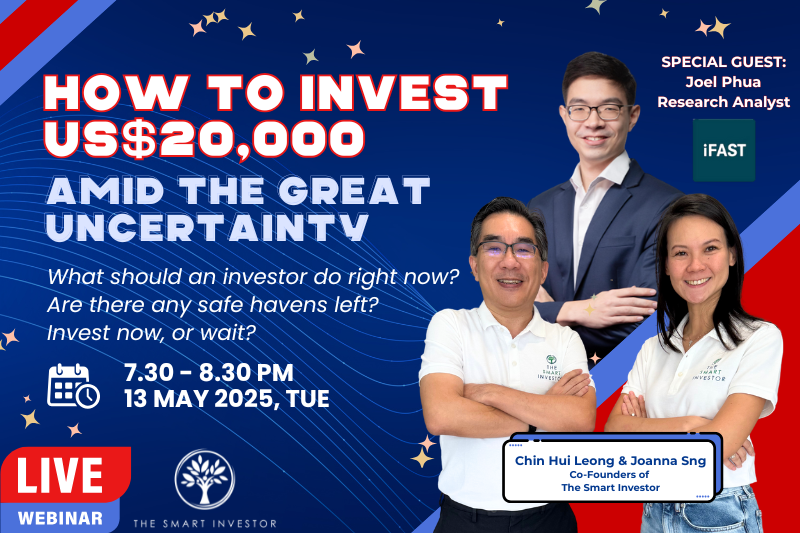The father of value investing, Benjamin Graham, said that the true investor will do better if he forgets about the stock market and pays attention to his dividend returns and the operational results of his companies.
American oil magnate John D Rockefeller once remarked that there was only one thing that gave him pleasure – seeing his dividends come in. That is high praise for the humble dividend from a man who was worth millions.
What did these two successful investors see in dividends that many cannot? What they saw was that a dividend is tangible proof that a company we have invested in is properly rewarding us for holding its shares.
Real money
At its most basic level, dividends can be a good way of increasing our wealth. It is real cash paid into our accounts, which we can then do with as we wish. We can spend it, save it, or, better still, reinvest it into more shares to earn more dividends in the future. The choice is ours.
On a deeper level, regular dividends from investments can be a sign that the finances of the business we have invested in are healthy. It is even better if the company can raise its dividend payout consistently. That can be a strong indication that the outfit is growing, and that the management has confidence in the company’s future cash flow.
Not all companies pay dividends, though. Some companies believe that any cash generated should be invested back into the business to finance future growth. There is nothing fundamentally wrong with that. But growth does not have the same tangible benefits that a dividend cheque landing in our bank account has.
Measuring up
Some investors, known as income investors, judiciously target shares for their dividend yields. The dividend yield, which is a ratio of the dividend to the share price, can be easily measured against the returns from savings accounts, bonds, and US Treasuries.
For example, Frasers Logistics & Commercial Trust (FLCT) (SGX: BUOU) is forecast to pay around eight Singapore cents per unit in distribution. Currently the shares cost around S$1.43, so that would suggest a forward distribution yield of about 5.5 per cent. Put another way, for every S$1,000 of FLCT shares we own, we would expect to get S$55 in distributions next year.
This makes it relatively easy to compare the dividends we could receive with, say, the interest we might earn from a savings account. Using FLCT shares as an example again, we would need to find a savings account paying 5.5 per cent interest to beat the distribution yield.
It goes without saying that at a time when savers are earning very little from bank interest, dividends can be a more attractive option. But there are risks.
Spread the risk
Focusing too much on yield without considering the possible downside could result in disappointment. Dividends are paid at the discretion of the company. They can be cut, withheld, or axed without warning.
Still, income or high-yield investors with properly diversified portfolios should not be too worried. That is because a crucial consideration when selecting shares for a high-yield portfolio is sector diversification. This spreads the risk exposures across different industries.
Admittedly, a higher yield might be possible by targeting certain sectors such as real estate investment trusts (Reits). These are traditionally seen as especially high-yielding assets. But the risks to both capital and income are probably too high if we put too many eggs into too few baskets.
Imagine what would have happened if we had concentrated our portfolios on just banks prior to the outbreak of Covid-19. Through no fault of banks, many were forced to reduce or cut their payouts.
The ideal portfolio
Ideally, a high-income portfolio should have around 15 to 20 shares. That way, even if one or two shares disappoint with their dividends it is still possible that growth in the other shares could compensate for this.
It is worth pointing out that the high-yield strategy is primarily an income strategy. So, the actual value of the portfolio is virtually irrelevant provided the income generated rises above the rate of inflation over time.
It requires a special mindset to be an income investor, though. Not many investors have the patience to be one. But consider this: there is nothing to stop you from reinvesting any income earned into more shares.
With a yield of, say, 6 per cent, our pot of money could double in 12 years, even if share prices do not move at all. That is probably the why John D Rockefeller and Benjamin Graham loved their dividends so much.
Note: An earlier version of this article appeared in The Business Times.
SPECIAL FREE REPORT! 10 Growth Stocks To Supercharge Your Portfolio! We cover 3 unstoppable growth trends and the 10 stocks that will ride them in 2021 and beyond! CLICK HERE to download for FREE now!
Don’t forget to follow us on Facebook and Telegram for some of our latest free content!
Disclaimer: David Kuo does not own shares in any of the companies mentioned.





